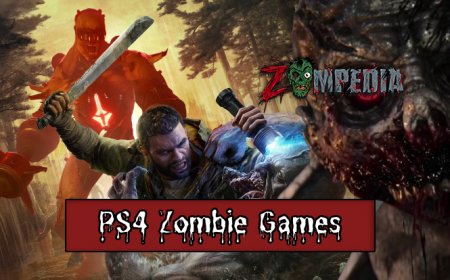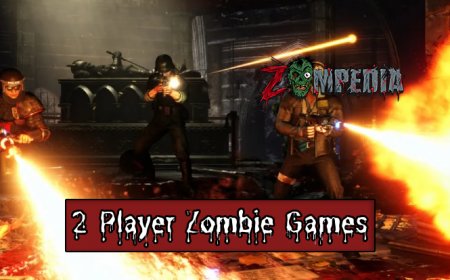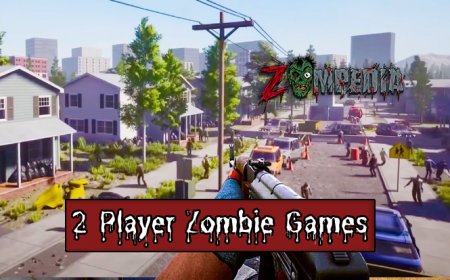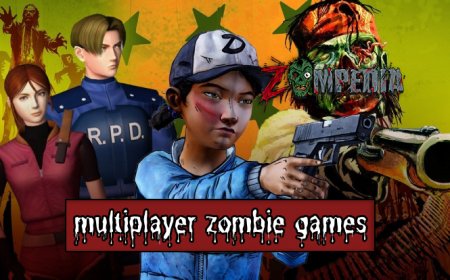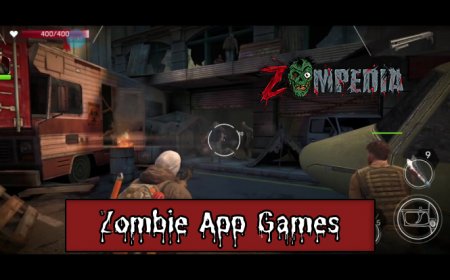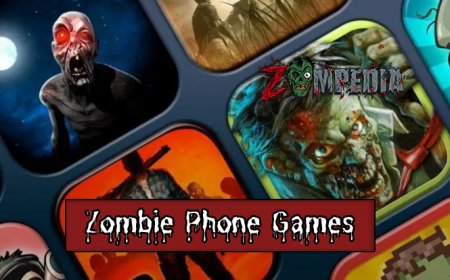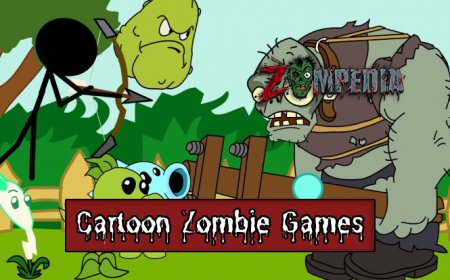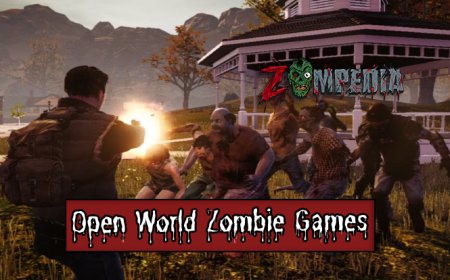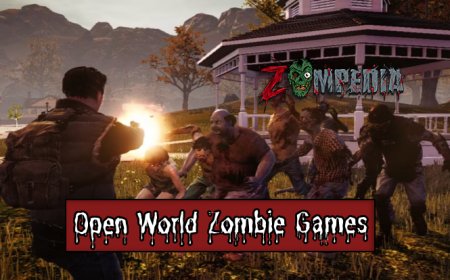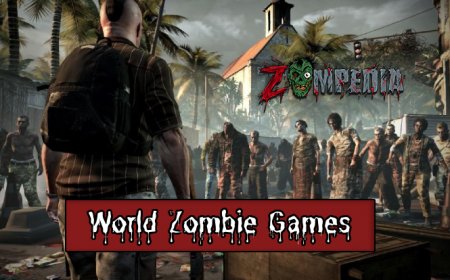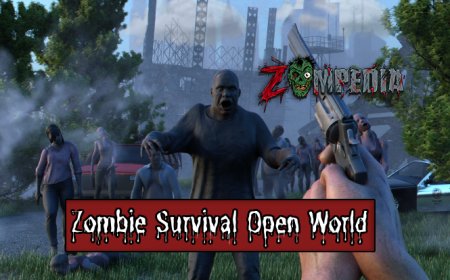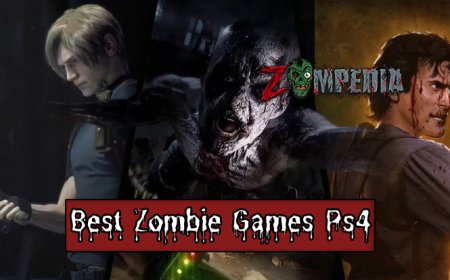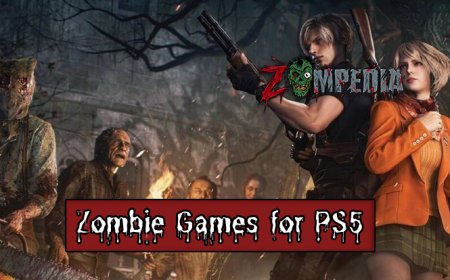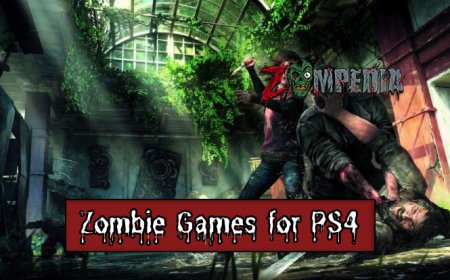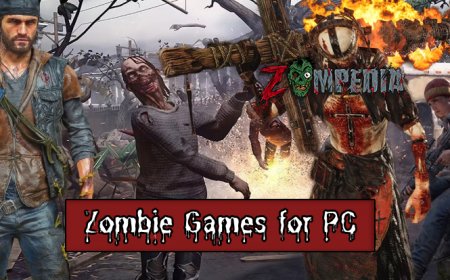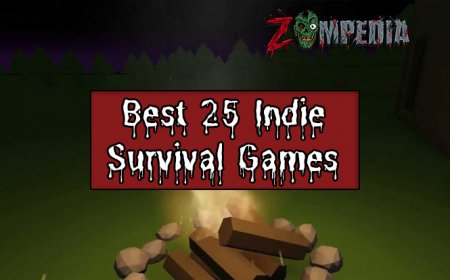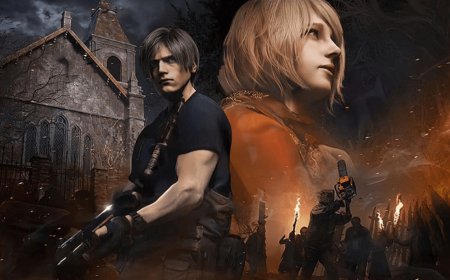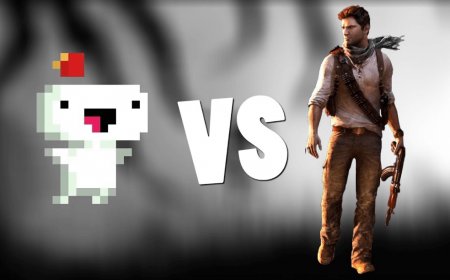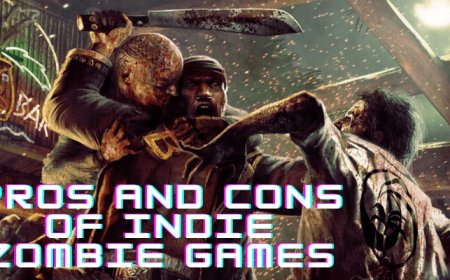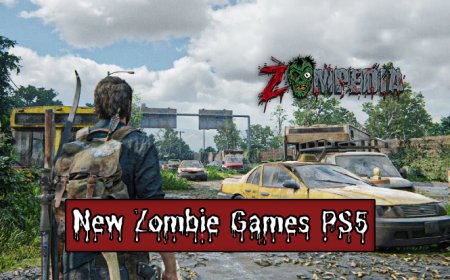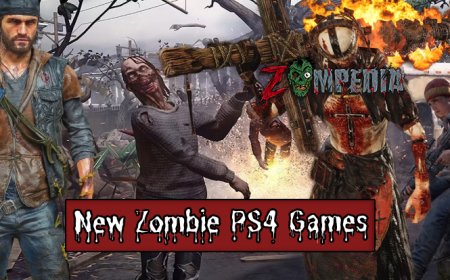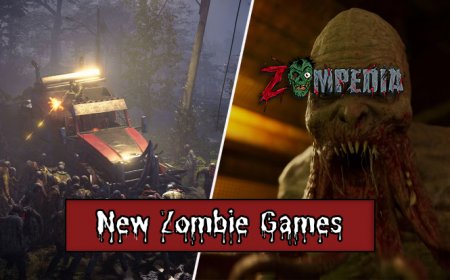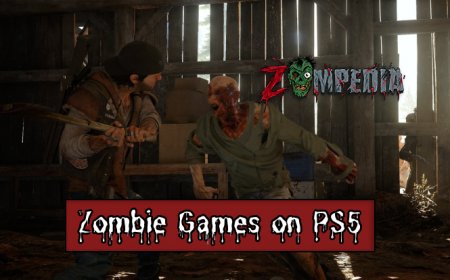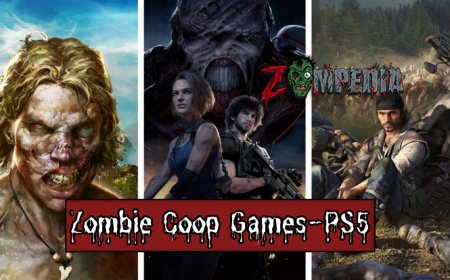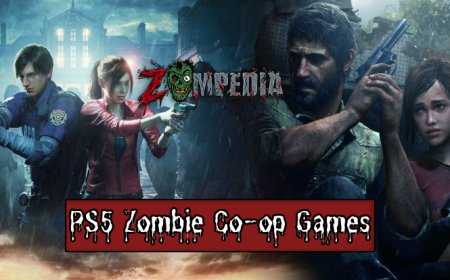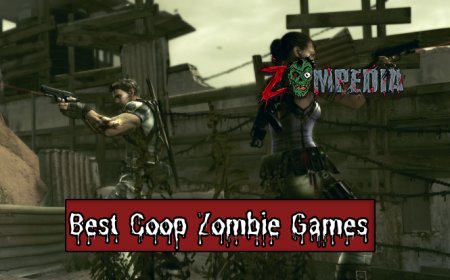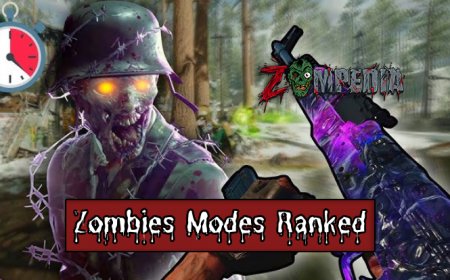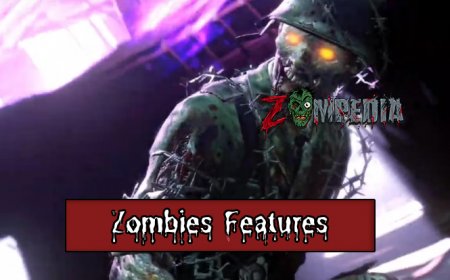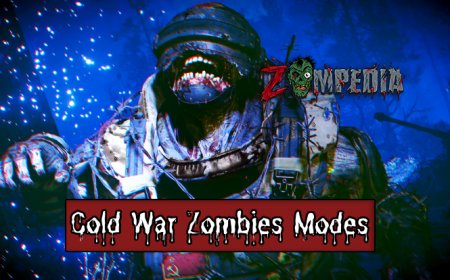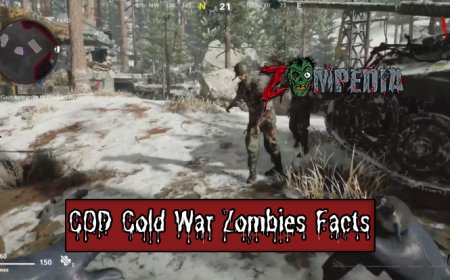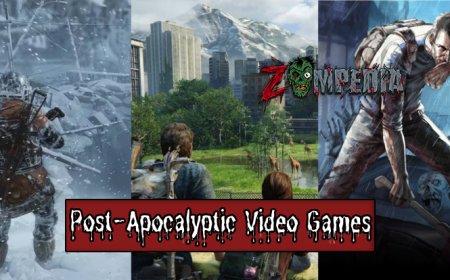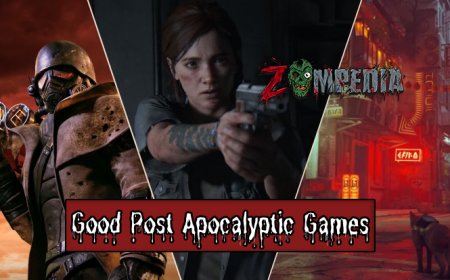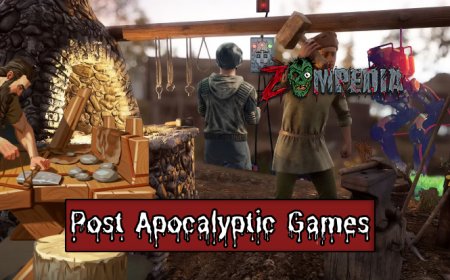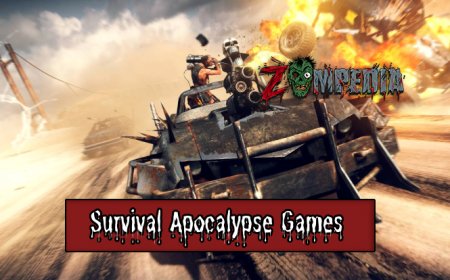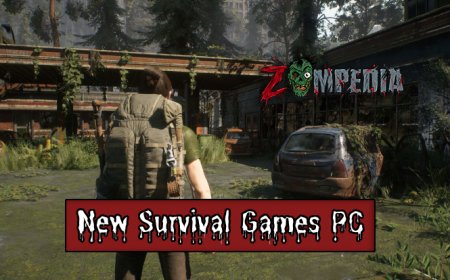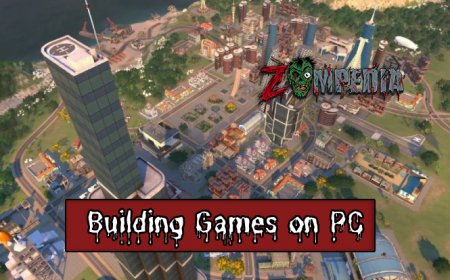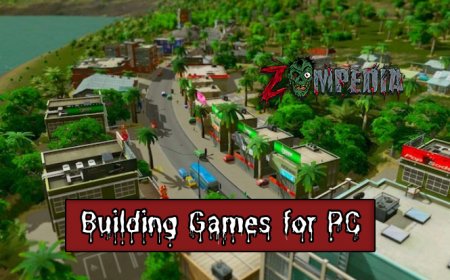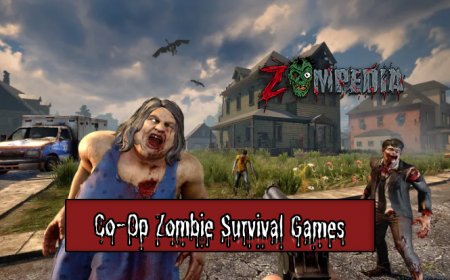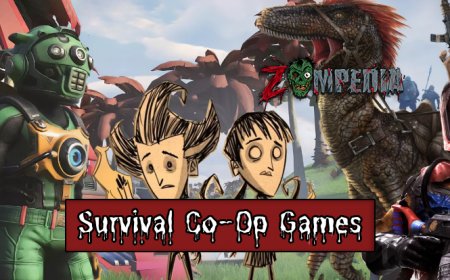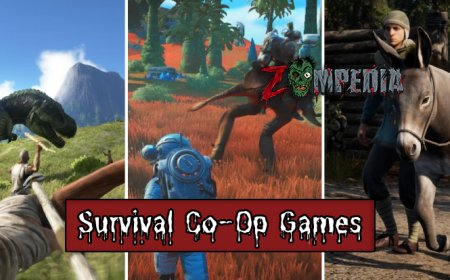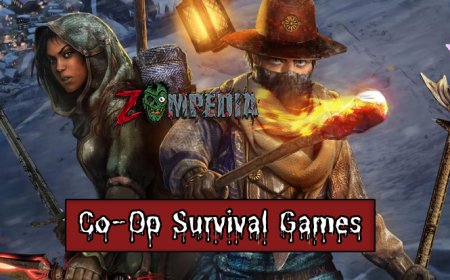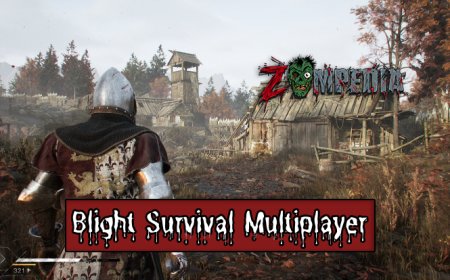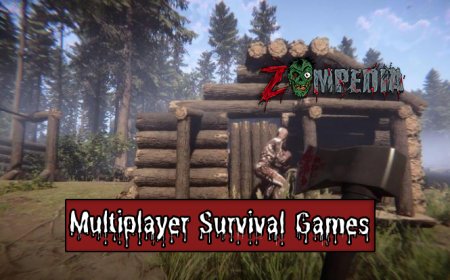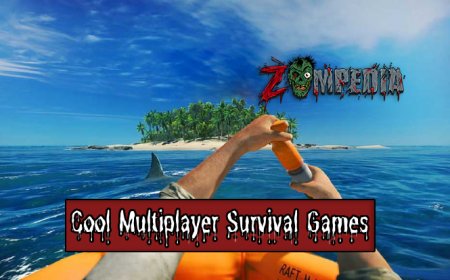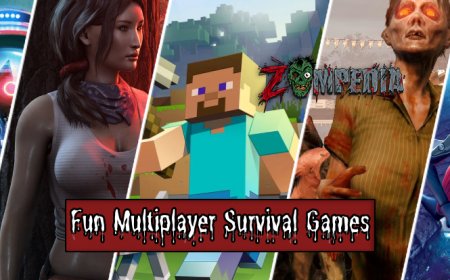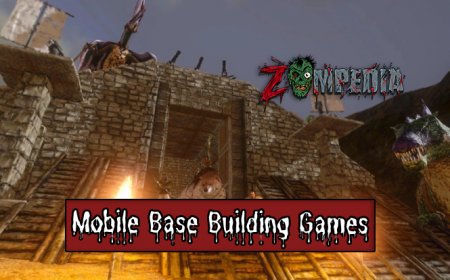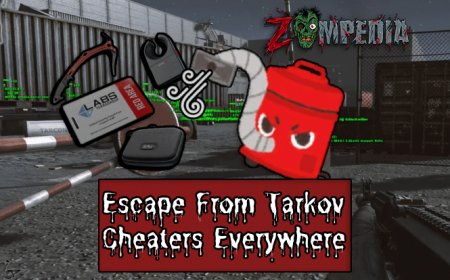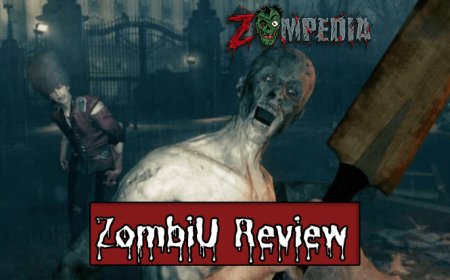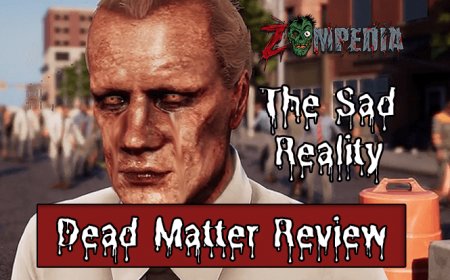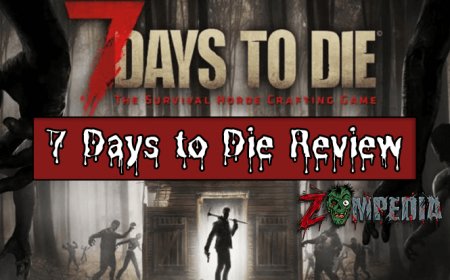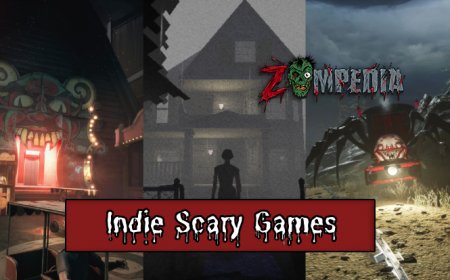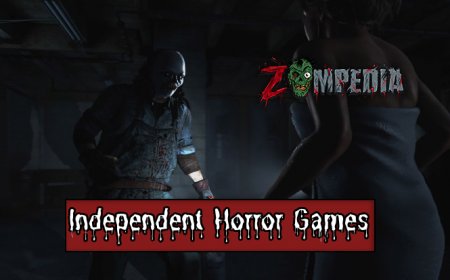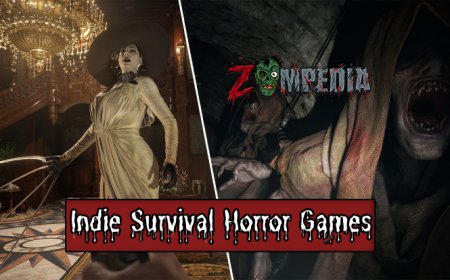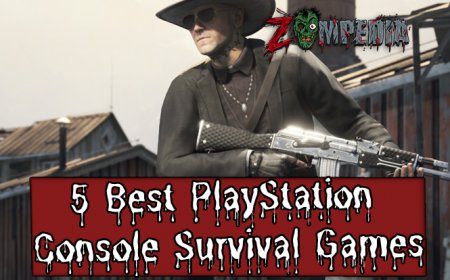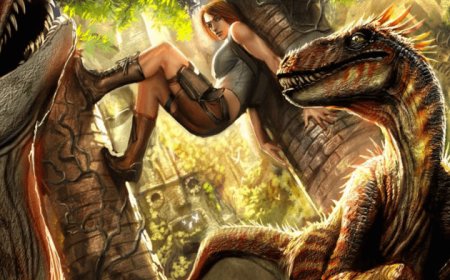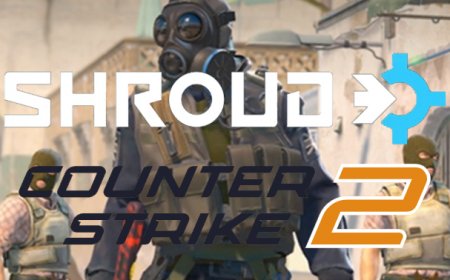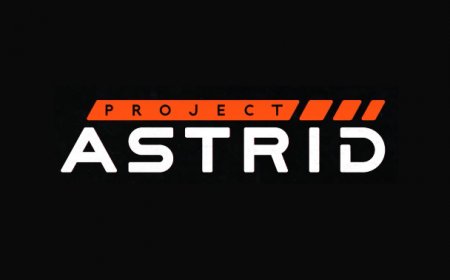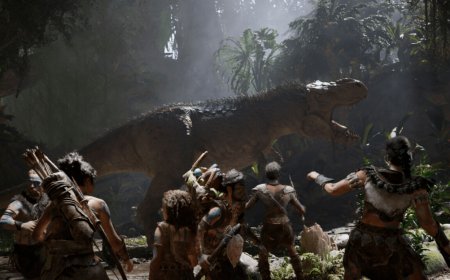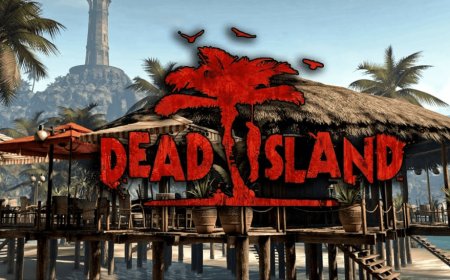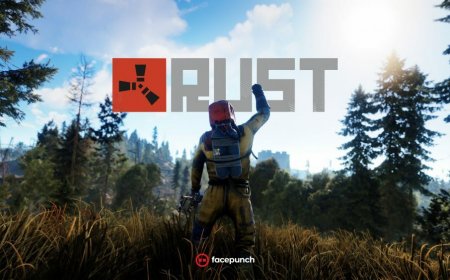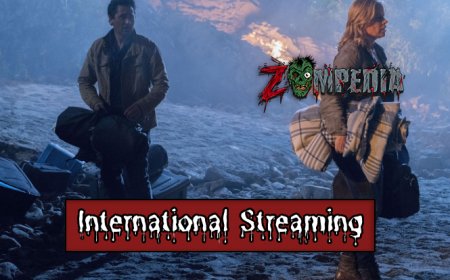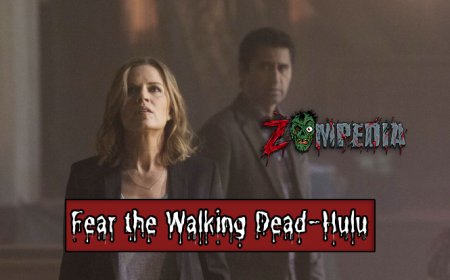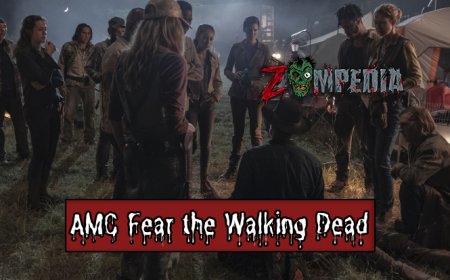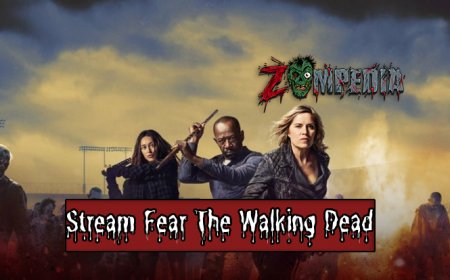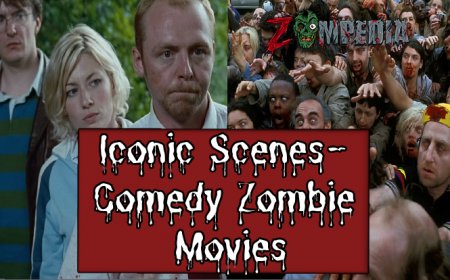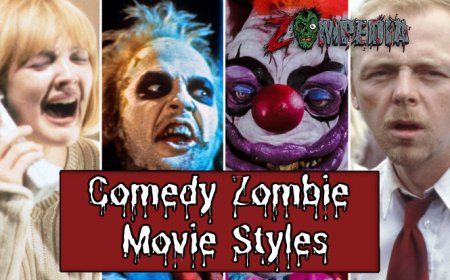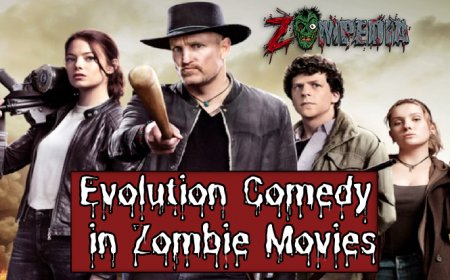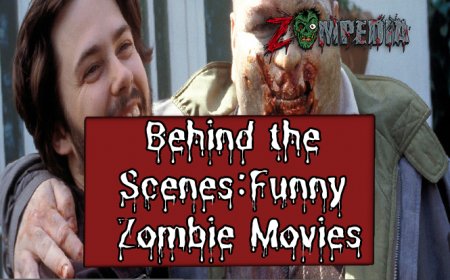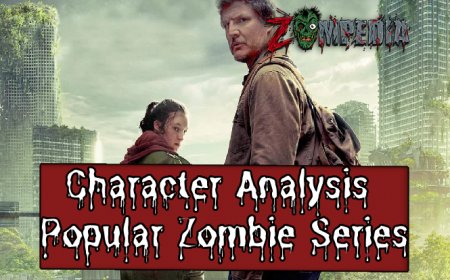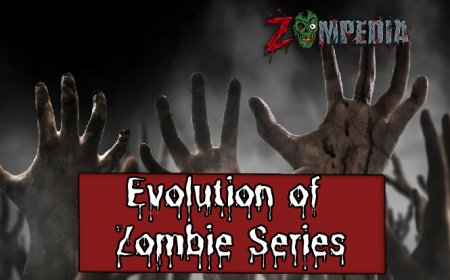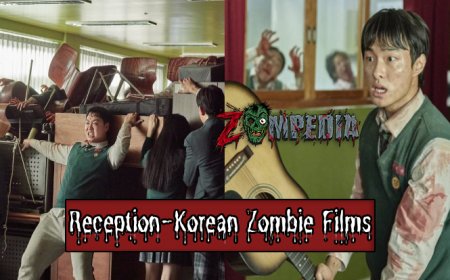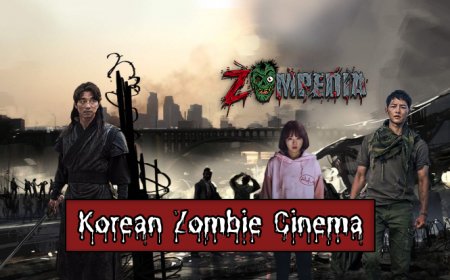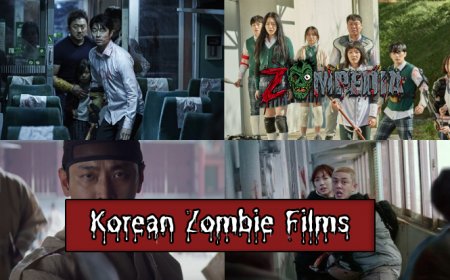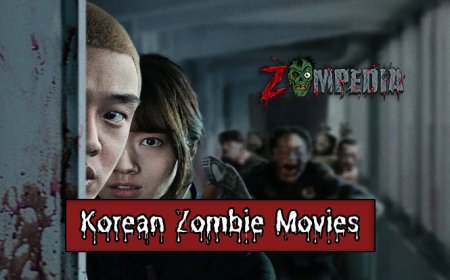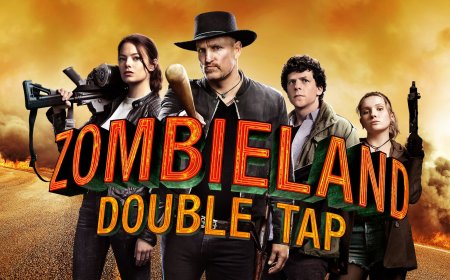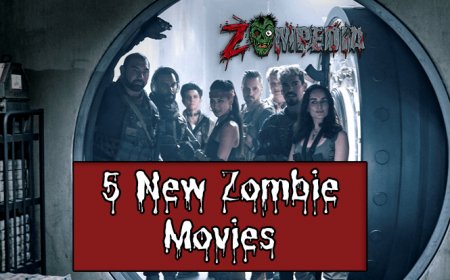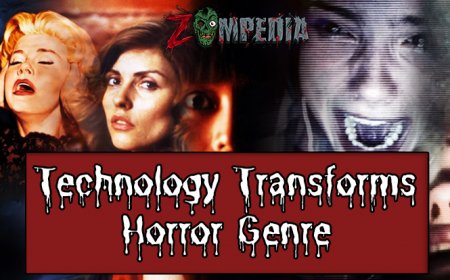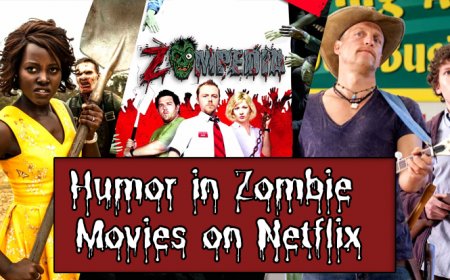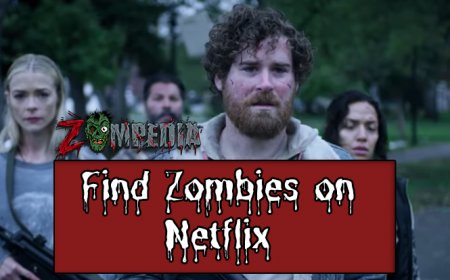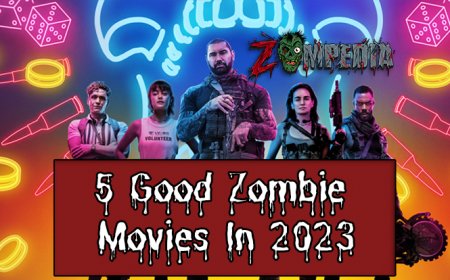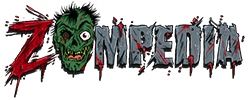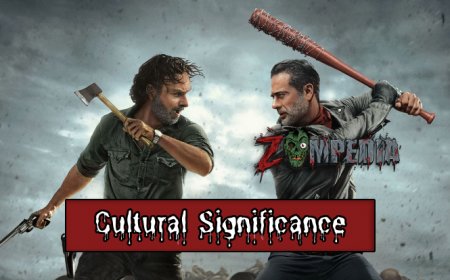World War Z: Book vs Movie Comparison
Dive deep into the world of zombies with our in-depth comparison of World War Z: Book vs Movie. Understand the similarities and differences only on Zompedia.com
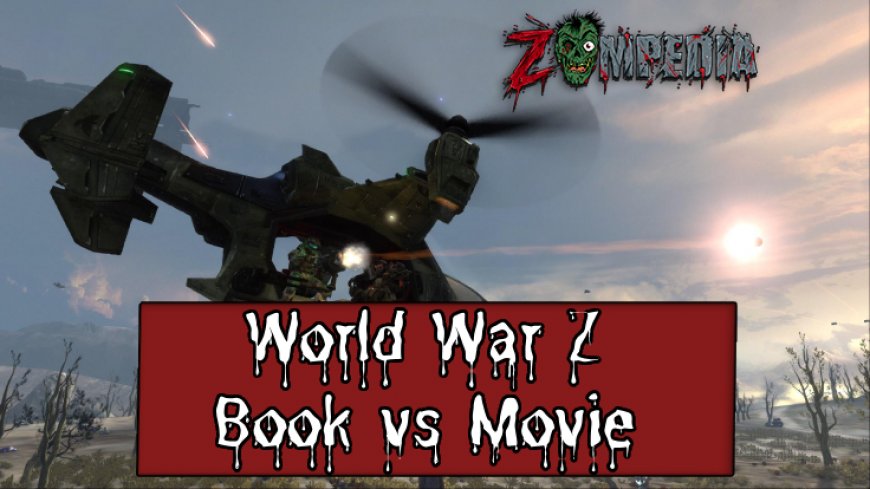
World War Z, a popular post-apocalyptic book turned Hollywood blockbuster, has captivated audiences with its intriguing portrayal of a zombie apocalypse. Despite sharing the same title, the book and the movie offer vastly different takes on the undead threat. Our objective in this comparison is to delve into the story details, characters, and zombie depictions in both formats. Whether you're a fan of gripping novels or eye-candy cinematography, understanding these contrasts will enrich your zombie survival library.
Table of Contents
Storyline
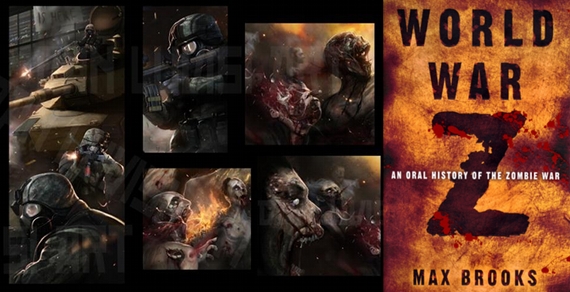
The World War Z book, authored by Max Brooks, adopts an unconventional storytelling style. It isn't a linear narrative; instead, it presents as a collection of individual accounts from different parts of the world, curated by an investigator from the United Nations. Each account provides unique perspectives and experiences of the zombie apocalypse, contributing to a brobdingnagian and realistic portrayal of a world in chaos.
In stark contrast, the World War Z movie offers a conventional, fast-paced narrative. The story revolves around former UN employee Gerry Lane, who embarks on a global quest to find the zombie outbreak's origin and a possible cure. The movie focuses on Gerry's thrilling adventures across continents, showcasing spectacular action sequences and bone-chilling encounters with the undead.
Characters
The book version of World War Z brings together a multitude of characters from different nationalities, social backgrounds, and professions. It features soldiers, doctors, politicians, and ordinary civilians whose lives have been irrevocably changed by the zombie apocalypse. Their stories encompass a range of human emotions and experiences: fear, courage, loss, resilience, and adaptation.
The characters' diversity and the attention to their individual stories is a key charm of the book, emphasizing the global scale of the crisis. The characters are not present beyond their narratives; there is no central protagonist driving the entire plot, everyone is fighting their own battles in their own way.
On the other hand, the World War Z movie primarily focuses on one central character: Gerry Lane, portrayed by Brad Pitt. Gerry proves to be a resourceful, tenacious, and compassionate protagonist. His journey to find the source of the zombie outbreak is the heart of the storyline. While the movie does introduce other characters, they mostly serve as supporters or obstacles in Gerry's mission.
Several noteworthy individuals, such as a rogue CIA operative in South Korea and an Israeli soldier, leave their impression. Despite being brief, these characters' inputs create tense, dramatic sequences that add to the movie's appeal. Yet, their roles remain secondary to Gerry's, reflecting the film's narrative focus.
Zombie Portrayal
One of the most intriguing aspects of World War Z is the depiction of zombies or “zekes.” In the book, zombies are portrayed as slow, shambling creatures reminiscent of traditional horror movie zombies. They are essentially walking corpses driven by one instinct: to feed. Their lethality lies in their numbers and tenacity, not their speed or intellect. Their slow-motion hunting and response to sound is what makes them uncanny monsters.
In the movie, the zombies are a dramatic departure from their literary counterparts. They are terrifyingly fast and intensely aggressive, swarming like insects and using sheer force and speed to overwhelm their victims. The sight of these creatures piling onto each other to breach walls or bring down helicopters offers some of the film's most frightening and memorable scenes.
The movie also introduces the concept of "zeke camouflage" - a discovery Gerry makes that allows humans to pass unnoticed among the undead. This concept is not found in the book and serves to heighten the movie's action-filled narrative.
Overall Impact
When it comes to the book, World War Z stands out for its innovative narrative style and depth. The mosaic of stories creates a rich tapestry of the apocalypse, examining the horror from myriad angles. The book explores diverse themes, such as societal collapse, geopolitics, human resilience, and survival instincts. It paints a slow-burning but detailed picture of a world under undead siege.
- Pros: Detailed world view, diverse character stories, in-depth look into survival and adaptation during a global catastrophe.
- Cons: Lack of concrete protagonist, labyrinthine plot that requires careful reading.
As for the movie, the story is a well-paced thrill ride, capitalizing on high-stakes action sequences and Brad Pitt's electrifying performance. It offers gut-churning, fleet-footed zombies that will keep your heartbeat in check. The film narrows down the sprawling global crisis into an engaging personal journey and delivers a visual spectacle rather than a post-apocalyptic chronicle.
- Pros: Fast-paced action, spectacular visuals, engaging protagonist.
- Cons: Lightweight on thematic depth, limited perspectives, divergence from the book's essence.
Conclusion
Both formats of World War Z provide unique and gripping takes on a zombie apocalypse. While the book offers an extensive, ground-level examination of a decimated world, the movie provides an adrenaline-pumping, front-seat view of the apocalypse with its high-stake adventures. Neither is inherently better than the other, and they should ideally be enjoyed as separate entities that bring their charm to the zombie genre.
Whether you are a voracious reader keen on exploring detailed narratives, or a movie buff who loves the thrill of jump scares and stunning visuals, World War Z has got something for you. At the end of the day, we all get the same thing: a fascinating exploration of a world facing zombie apocalypse.
What's Your Reaction?







